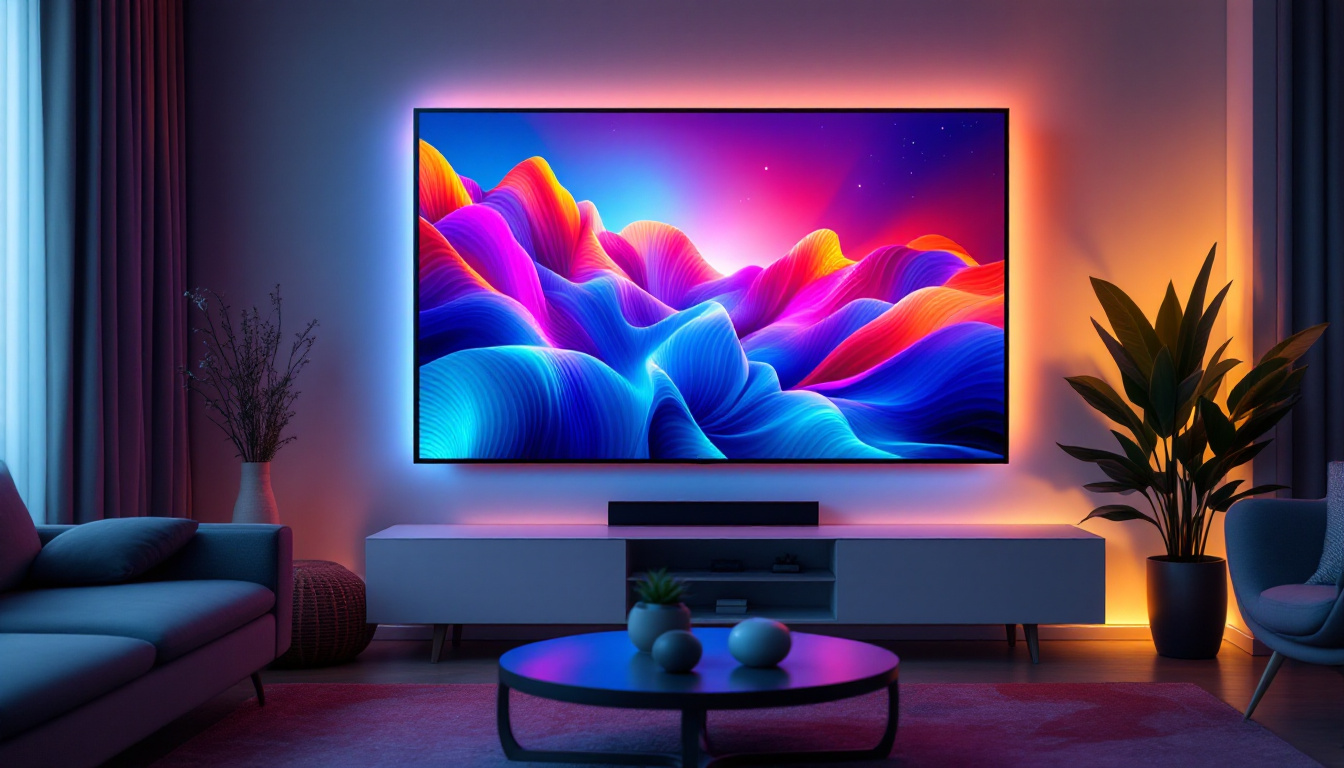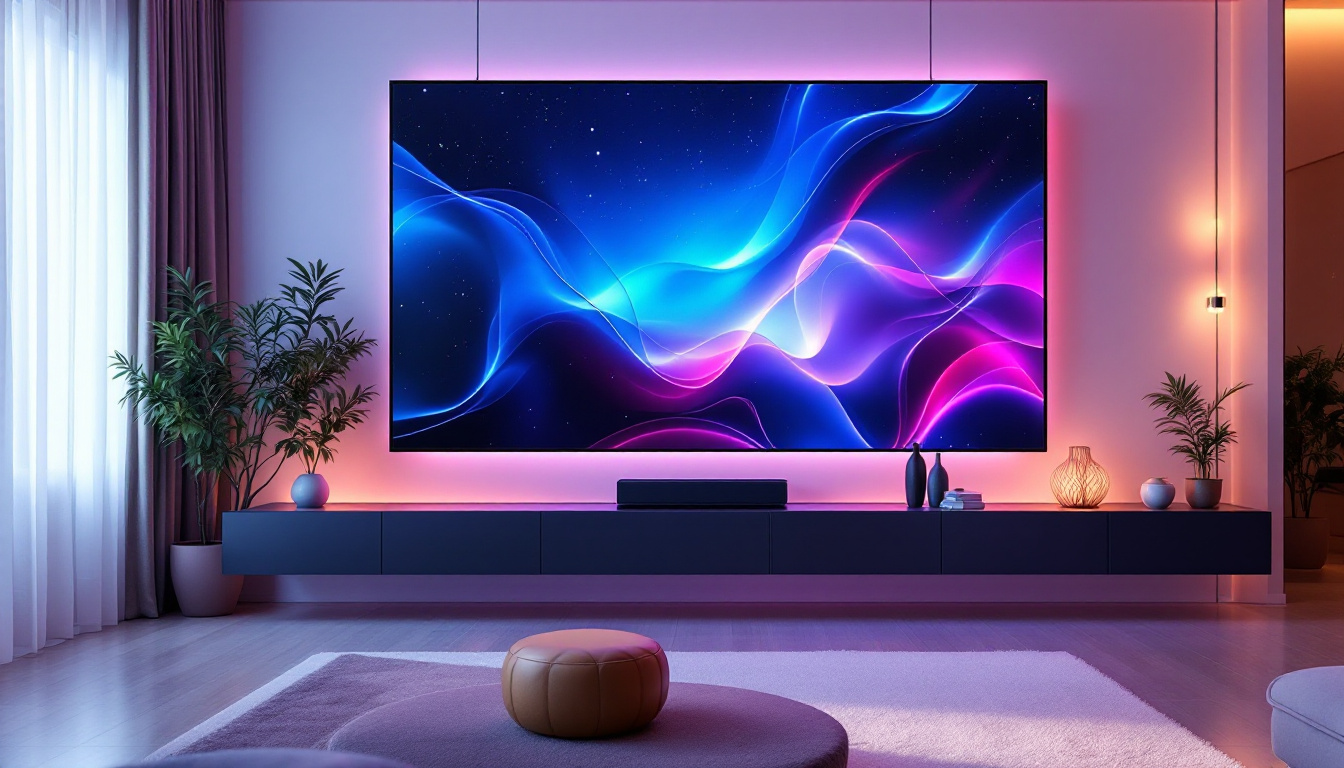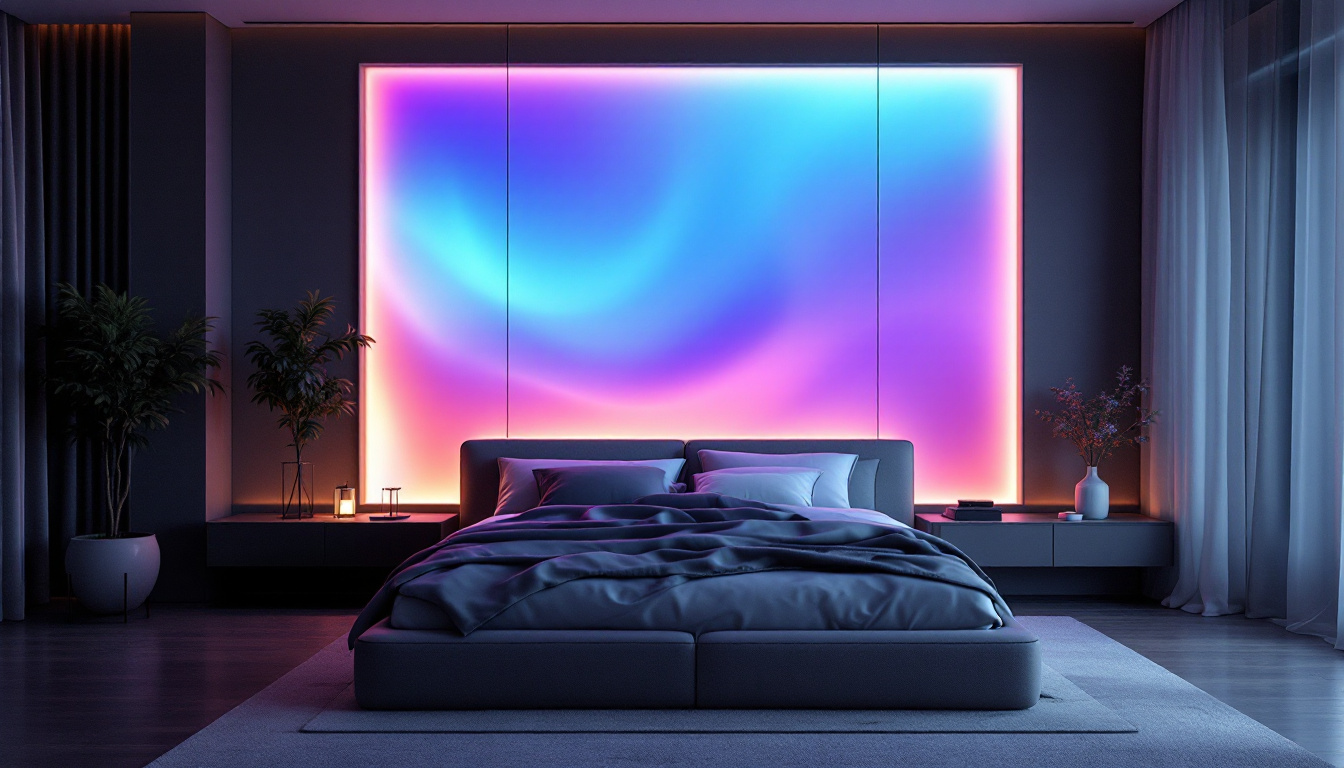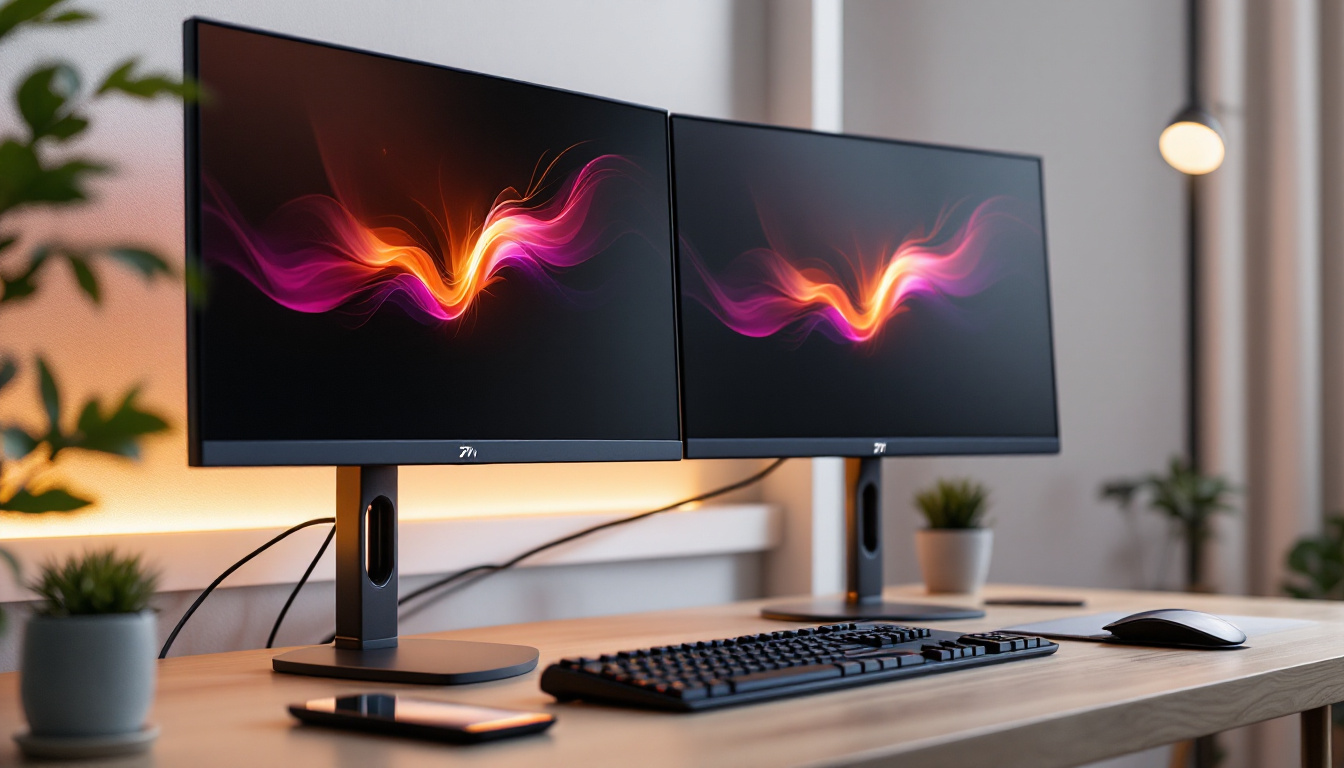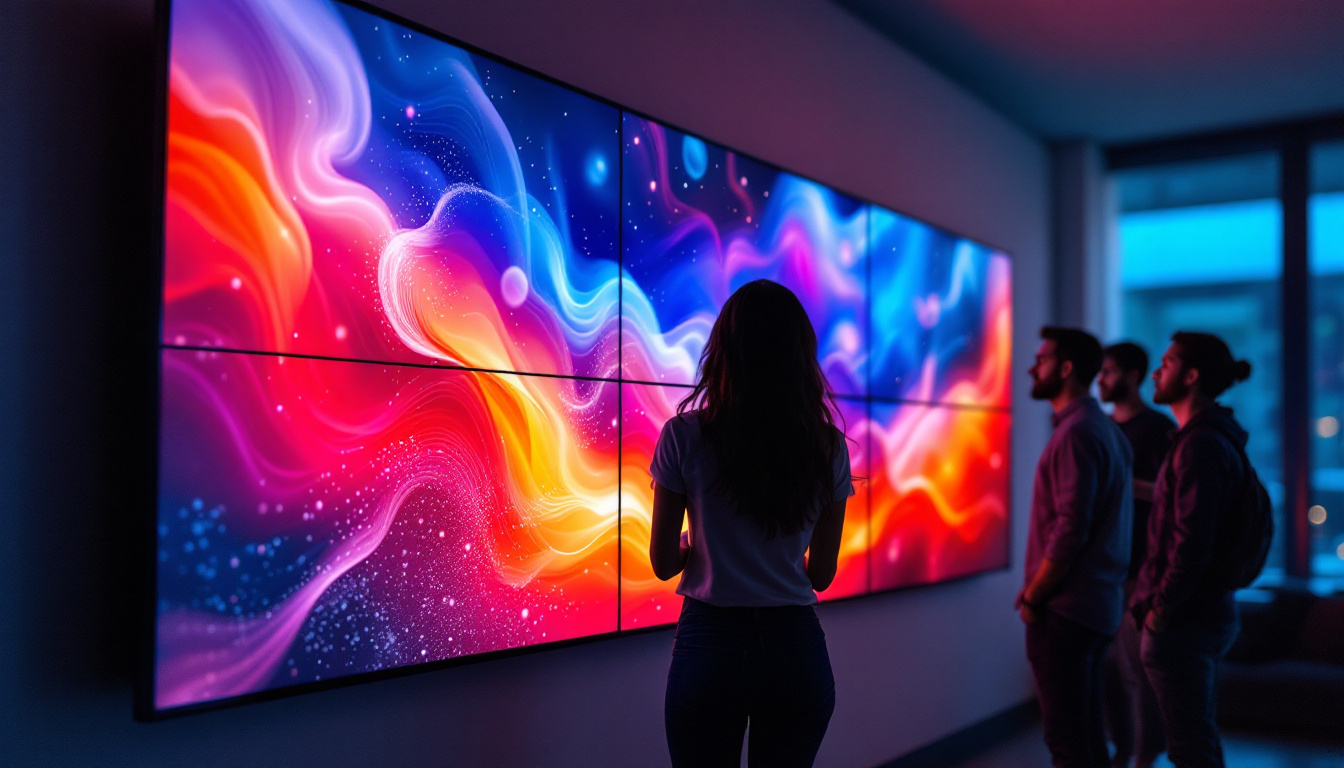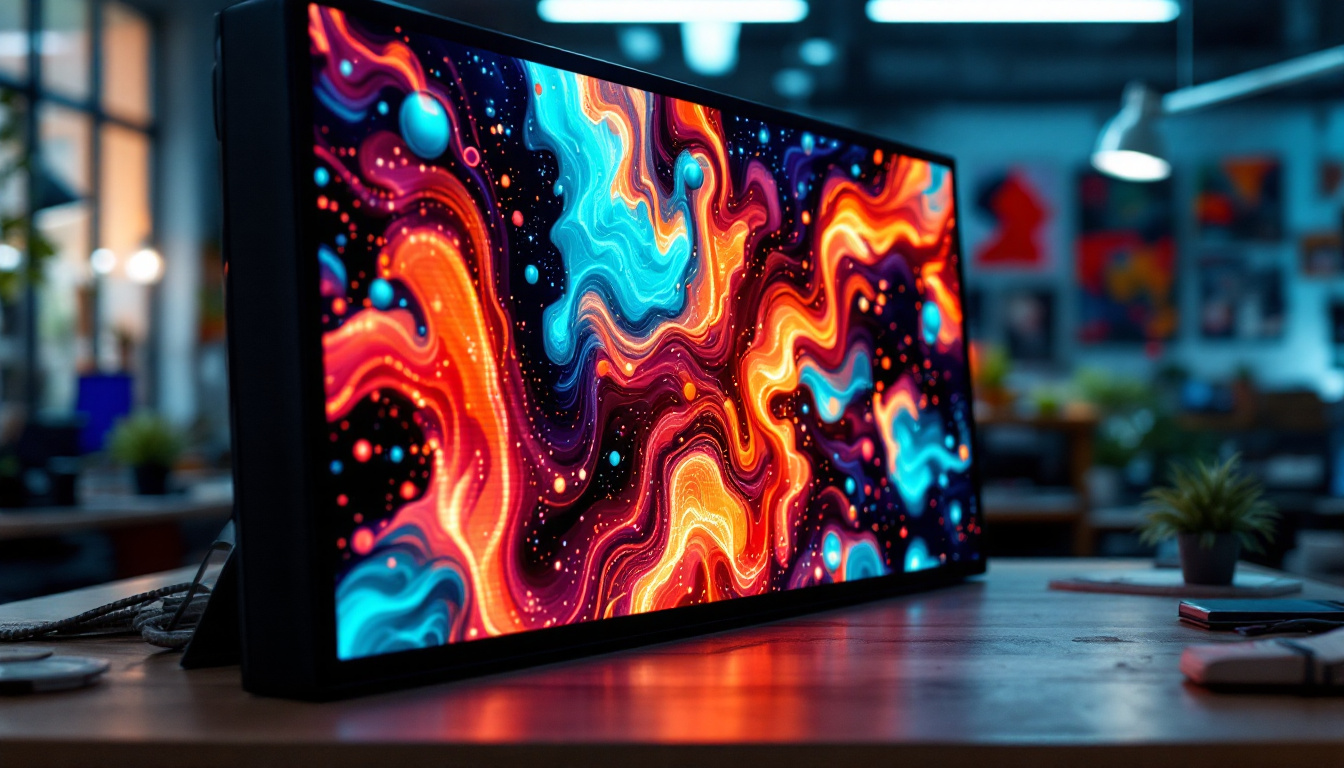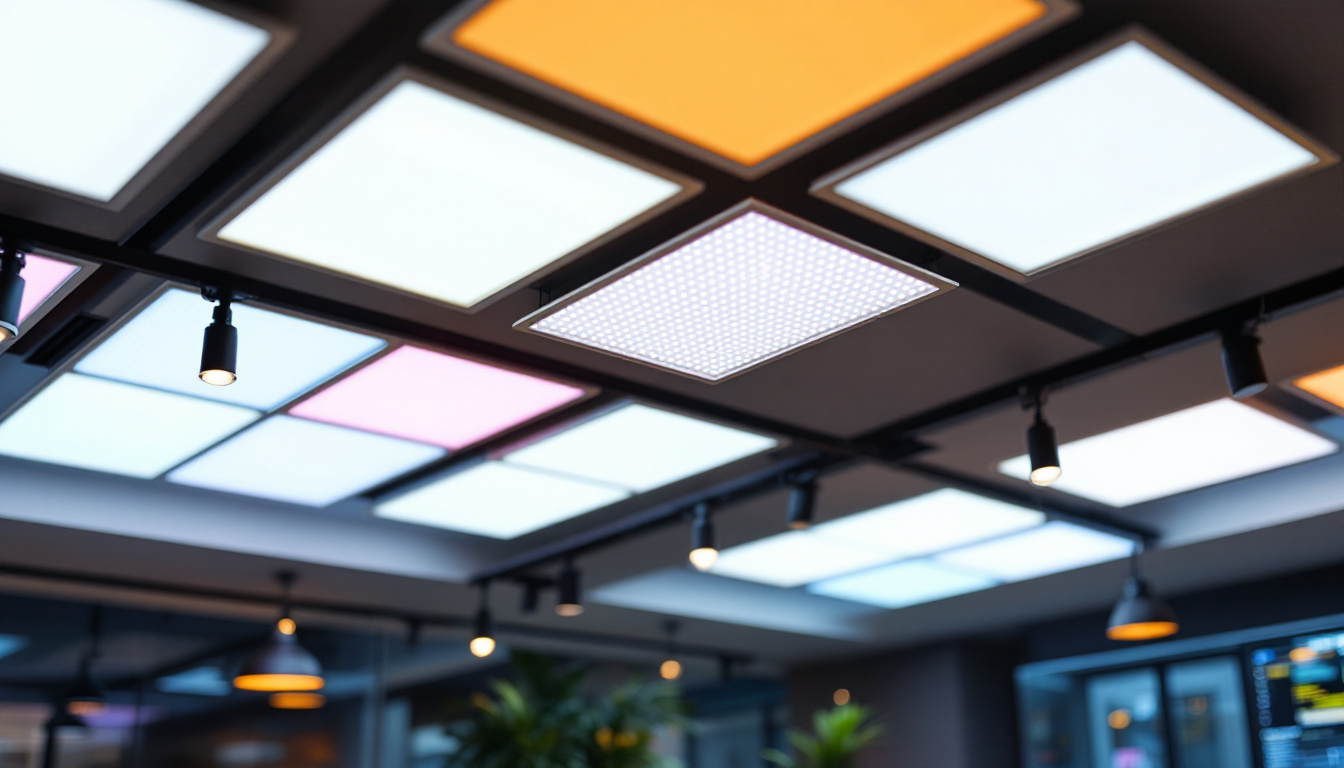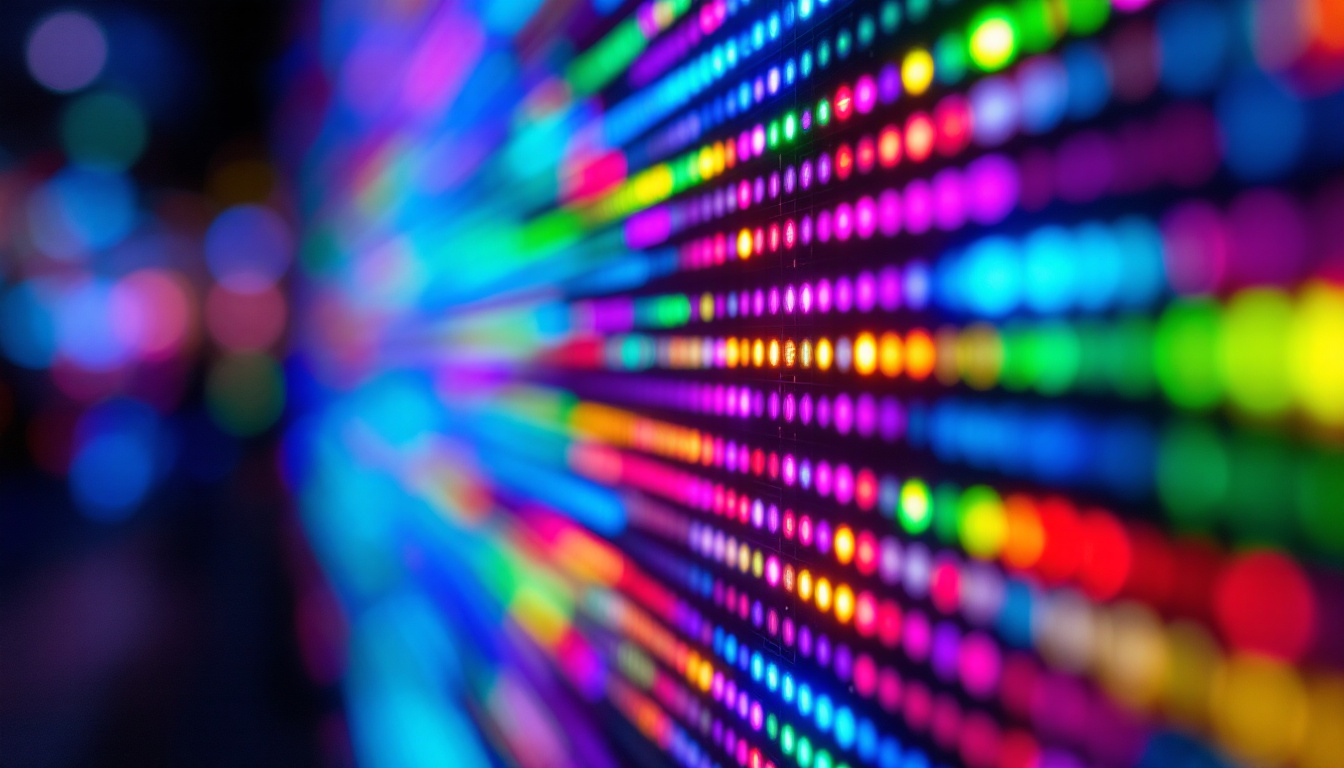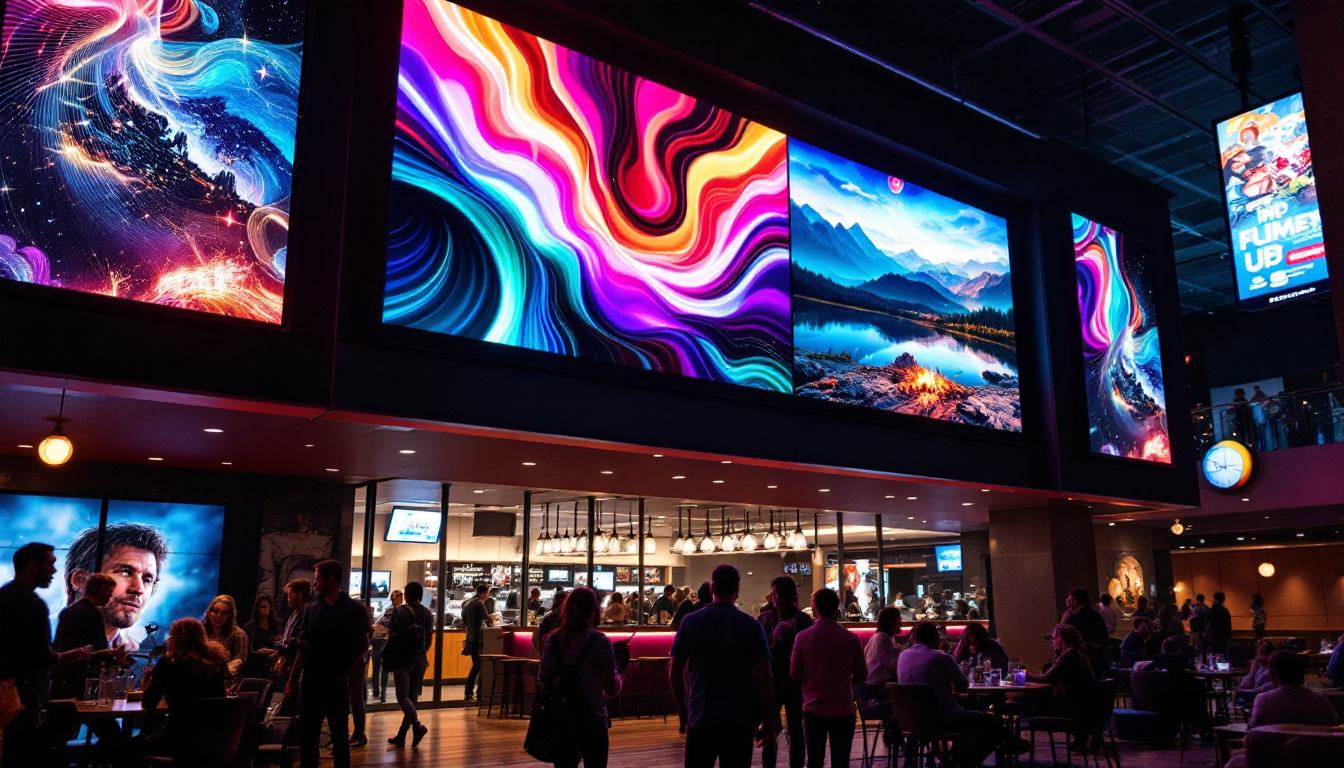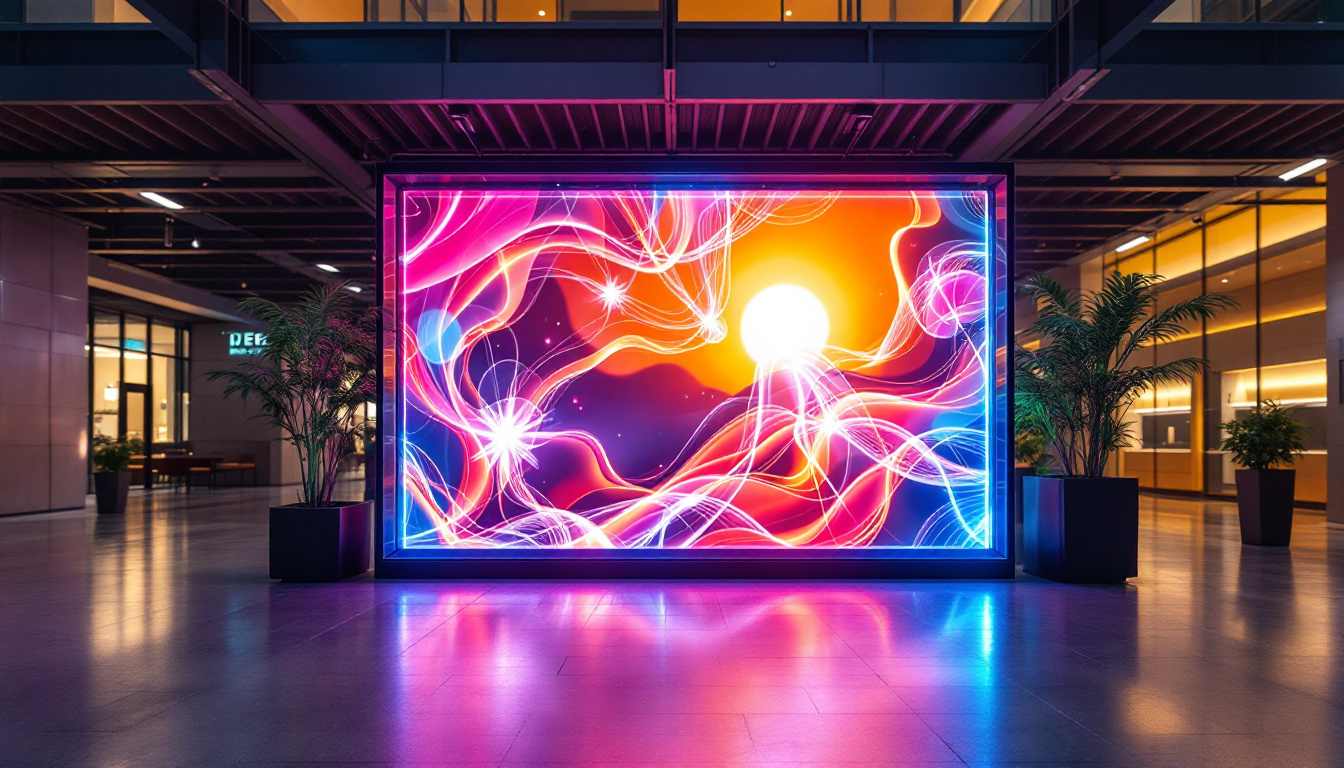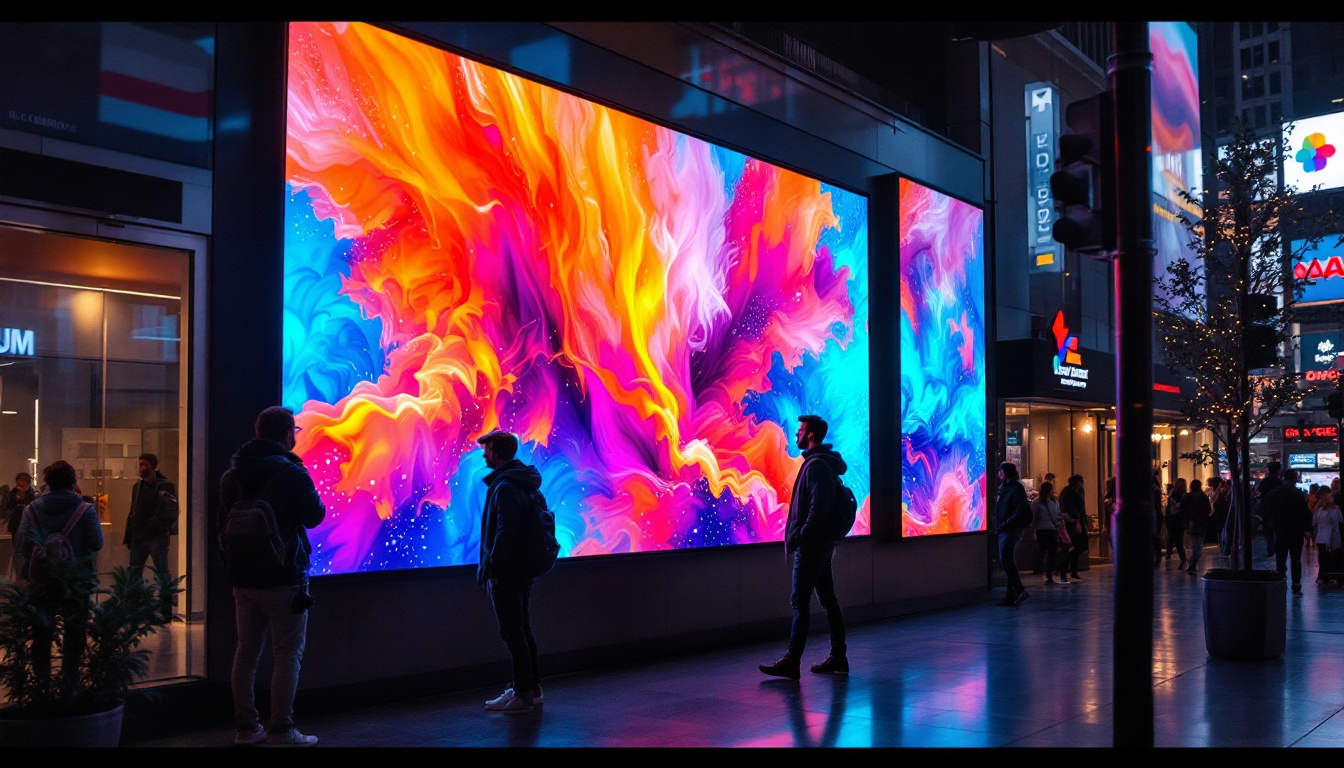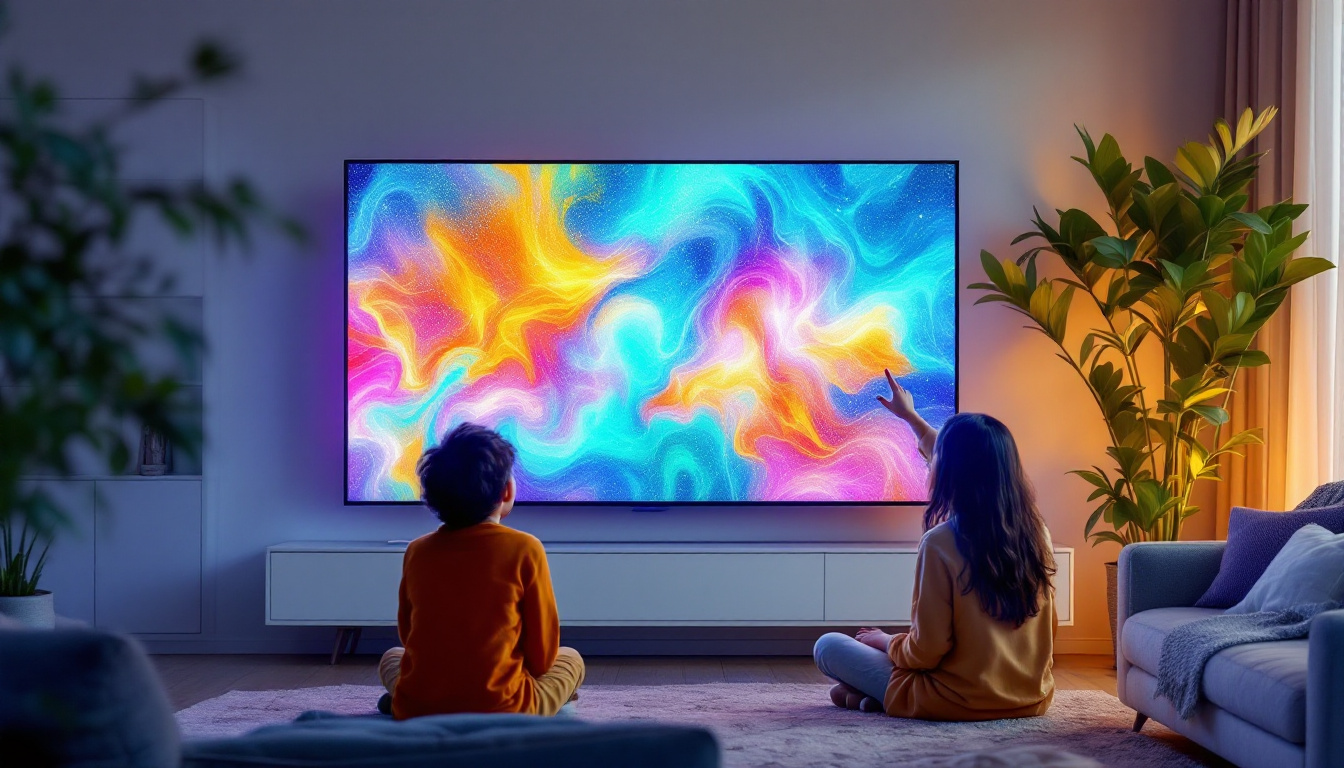Screen Panel TV: LED Display Explained
In the world of home entertainment, the evolution of television technology has been nothing short of remarkable. Among the various types of displays available today, LED (Light Emitting Diode) technology stands out for its vibrant colors, energy efficiency, and sleek design. This article delves into the intricacies of LED displays, exploring how they work, their advantages, and what to consider when purchasing a screen panel TV.
Understanding LED Technology
LED technology has revolutionized the way we experience visual media. Unlike traditional LCD TVs that use fluorescent backlighting, LED TVs utilize an array of tiny diodes to produce light. This fundamental difference not only enhances picture quality but also impacts the overall viewing experience. With advancements in LED technology, consumers now have access to a wider range of options that cater to various needs, from casual viewing to professional-grade displays.
How LED Displays Work
At the core of an LED TV is a liquid crystal display (LCD) panel that requires backlighting. In LED TVs, this backlighting is provided by LEDs, which can be arranged in various configurations. The most common methods are edge-lit and full-array backlighting.
In edge-lit LED displays, the LEDs are placed along the edges of the screen. This design allows for a thinner profile but can lead to uneven lighting, particularly in darker scenes. Full-array backlighting, on the other hand, places LEDs directly behind the screen, allowing for more uniform brightness and improved contrast ratios. This method often includes local dimming features, which enable specific areas of the screen to dim or brighten independently, enhancing the overall picture quality. Additionally, advancements in dimming technology have made it possible to achieve deeper blacks and more vibrant colors, further elevating the viewing experience.
Types of LED Displays
There are several types of LED displays, each catering to different viewing preferences and environments. The two most prominent types are:
- Standard LED: This is the most common type, utilizing either edge-lit or full-array backlighting. It provides good picture quality and is suitable for most viewing environments.
- OLED (Organic LED): While technically not an LED display in the traditional sense, OLED technology uses organic compounds to emit light. This allows for deeper blacks and more vibrant colors, making OLED TVs a popular choice among enthusiasts.
In addition to these, there are also QLED (Quantum Dot LED) displays, which use quantum dot technology to enhance color accuracy and brightness. QLED TVs are particularly known for their ability to produce a wider color gamut, making them ideal for bright rooms where ambient light can wash out colors. Furthermore, the competition between OLED and QLED has pushed manufacturers to innovate rapidly, leading to improvements in both technologies that benefit consumers. As a result, viewers now have more choices than ever, allowing them to select a display that best fits their unique viewing habits and environmental conditions.
Advantages of LED Displays
LED displays offer a multitude of benefits that enhance the viewing experience. Understanding these advantages can help consumers make informed decisions when selecting a television.
Superior Picture Quality
One of the standout features of LED displays is their ability to produce vibrant colors and deep contrasts. The use of LEDs allows for a wider color gamut, which translates to more realistic images. Additionally, the brightness levels achieved by LED technology are typically higher than those of traditional LCDs, making them suitable for various lighting conditions. This capability is particularly beneficial for watching movies or playing video games in brightly lit rooms, where maintaining picture clarity is essential. Furthermore, many LED displays incorporate advanced technologies such as local dimming and HDR (High Dynamic Range), which further enhance the viewing experience by providing more detail in both the shadows and highlights of an image.
Energy Efficiency
Energy consumption is a significant consideration for many consumers. LED TVs are known for their energy efficiency, consuming less power compared to older technologies. This not only reduces electricity bills but also contributes to a smaller carbon footprint. Many LED TVs are Energy Star certified, further emphasizing their eco-friendly credentials. In addition to their lower energy usage, LED displays have a longer lifespan than traditional displays, meaning fewer replacements and less electronic waste over time. This combination of longevity and efficiency makes LED displays a smart choice for environmentally conscious consumers who want to enjoy high-quality entertainment without compromising their values.
Sleek Design and Thin Profiles
Modern LED TVs are designed with aesthetics in mind. Their thin profiles and minimal bezels make them an attractive addition to any living space. This sleek design allows for versatile mounting options, whether on a wall or a stand, enhancing the overall decor of a room. The lightweight nature of LED displays also makes them easier to install and reposition, allowing users to experiment with their home layout without the hassle of heavy equipment. Additionally, many manufacturers offer customizable options, such as interchangeable bezels and stands, enabling consumers to tailor their TV to match their personal style and home decor. This focus on design not only elevates the visual appeal of the television but also encourages a more immersive viewing experience, as the display seamlessly integrates into the living environment.
Considerations When Buying an LED TV
While the advantages of LED displays are compelling, there are several factors to consider before making a purchase. Understanding these elements can help ensure that the chosen television meets specific needs and preferences.
Screen Size and Viewing Distance
Choosing the right screen size is crucial for an optimal viewing experience. The size of the TV should be proportional to the distance from which it will be viewed. A general guideline is to sit at a distance of 1.5 to 2.5 times the diagonal screen size for HD TVs, and closer for 4K models. This ensures that viewers can fully appreciate the picture quality without straining their eyes.
Resolution Matters
Resolution is another vital factor in the purchasing decision. LED TVs come in various resolutions, including Full HD (1080p), 4K (2160p), and even 8K. Higher resolutions provide more detail and clarity, especially on larger screens. For most consumers, a 4K LED TV strikes a balance between quality and affordability, offering a significant upgrade over 1080p without breaking the bank.
Smart Features and Connectivity
In today’s digital age, smart features have become a standard expectation in new televisions. Many LED TVs come with built-in streaming capabilities, allowing users to access popular services like Netflix, Hulu, and Amazon Prime directly from their TV. Additionally, connectivity options such as HDMI, USB, and wireless capabilities enhance versatility, enabling users to connect various devices seamlessly.
Comparing LED to Other Display Technologies
While LED technology is widely popular, it is essential to compare it with other display technologies to understand its unique advantages and limitations.
LED vs. LCD
LED is essentially a type of LCD that uses LED backlighting. Traditional LCDs use fluorescent lamps for backlighting, which can result in less vibrant colors and lower contrast ratios. LED displays, with their advanced backlighting techniques, typically offer superior picture quality and energy efficiency.
LED vs. OLED
OLED technology is often seen as the gold standard for picture quality, providing deeper blacks and more vivid colors due to its ability to turn off individual pixels. However, OLED TVs can be more expensive and may suffer from burn-in issues if static images are displayed for extended periods. LED TVs, while not matching OLED in black levels, offer excellent performance at a more accessible price point.
Maintenance and Care for LED TVs
To ensure the longevity and optimal performance of an LED TV, proper maintenance and care are essential. Here are some tips to keep in mind:
Cleaning the Screen
Dust and fingerprints can accumulate on the screen, affecting picture quality. To clean an LED TV, use a microfiber cloth and a gentle cleaning solution specifically designed for electronics. Avoid using harsh chemicals or abrasive materials, as these can damage the screen.
Optimal Placement
Placement can significantly impact viewing experience. It is advisable to position the TV at eye level and avoid direct sunlight to reduce glare. Additionally, ensuring proper ventilation around the TV can prevent overheating, which can affect performance over time.
Future of LED Technology
The future of LED technology is promising, with ongoing advancements aimed at improving picture quality and energy efficiency. Innovations such as Mini-LED and MicroLED are paving the way for even better performance.
Mini-LED Technology
Mini-LED technology utilizes smaller LEDs, allowing for more precise control over backlighting. This results in improved contrast ratios and enhanced HDR (High Dynamic Range) performance. As Mini-LED technology becomes more mainstream, consumers can expect even better picture quality from their LED TVs.
MicroLED Technology
MicroLED is a cutting-edge technology that offers self-emissive capabilities similar to OLED but without the drawbacks. Each pixel in a MicroLED display emits its own light, allowing for perfect blacks and vibrant colors. This technology is still in its infancy but holds great potential for the future of display technology.
Conclusion
LED displays have transformed the way viewers experience television, offering vibrant colors, energy efficiency, and sleek designs. With various options available, consumers can find a screen panel TV that suits their needs and preferences. By understanding the technology behind LED displays and considering essential factors when purchasing, individuals can make informed decisions that enhance their home entertainment experience.
As technology continues to evolve, staying informed about the latest advancements in LED and other display technologies will ensure that consumers are well-equipped to choose the best television for their viewing pleasure. Whether it’s for binge-watching favorite shows, enjoying cinematic experiences, or playing video games, LED TVs provide an exceptional viewing experience that continues to impress.
Discover the Future of Visual Experience with LumenMatrix
Ready to elevate your home entertainment with the latest in LED display technology? Look no further than LumenMatrix, a pioneer in crafting LED display modules that bring your content to life. Whether you’re in need of an Indoor LED Wall Display for a cinematic experience, an Outdoor LED Wall Display to withstand the elements, or any of our specialized solutions like Vehicle LED Displays, LED Sports Displays, or Custom LED Displays, LumenMatrix has you covered. Embrace the future of visual communication and create unforgettable visual experiences. Check out LumenMatrix LED Display Solutions today and transform the way you watch, play, and engage.

